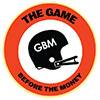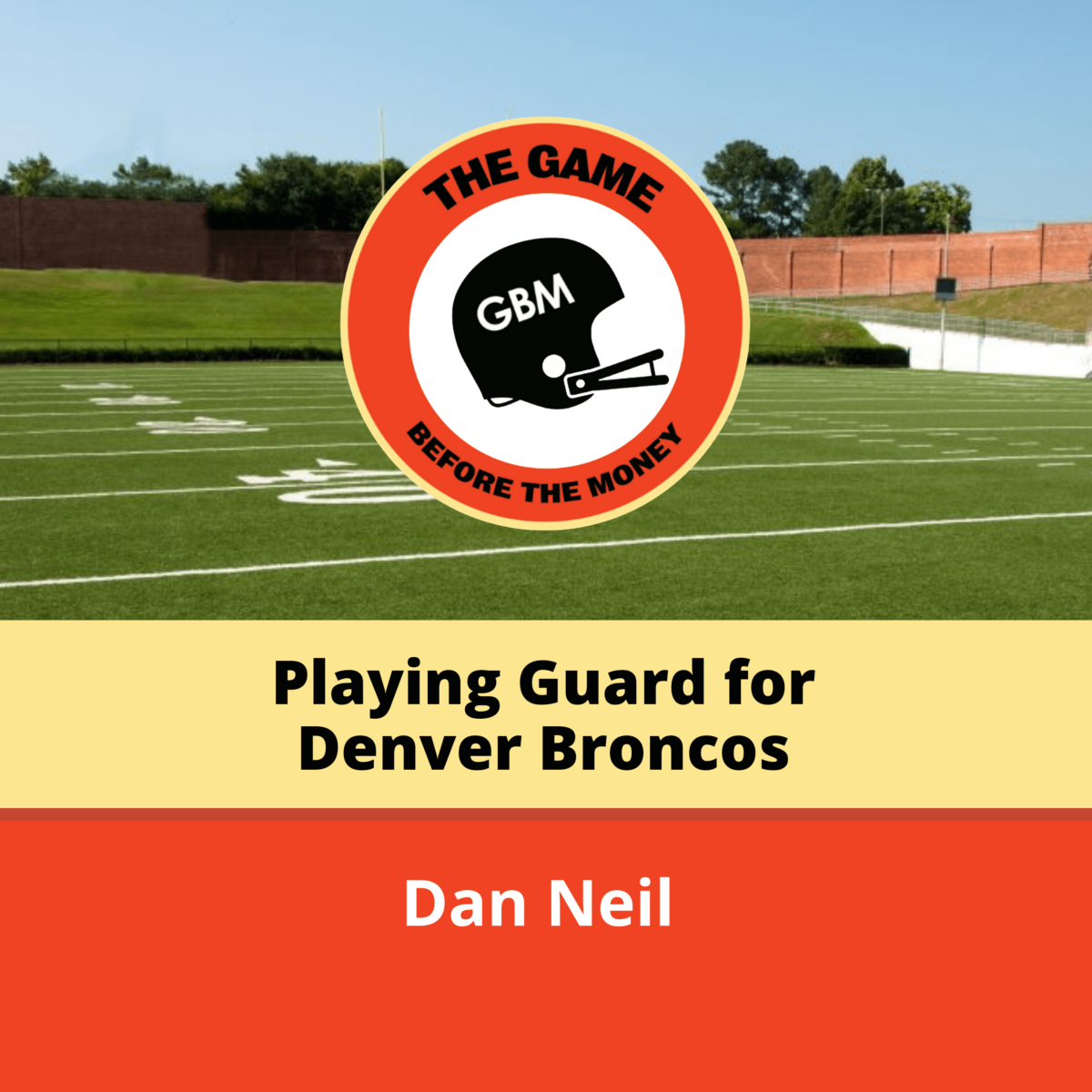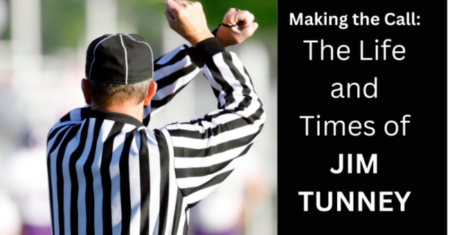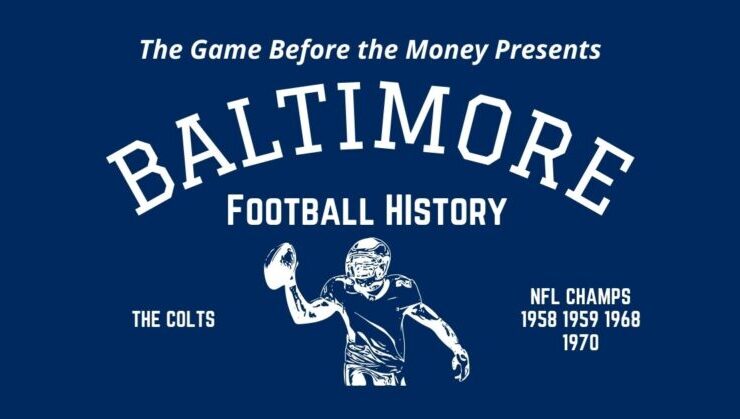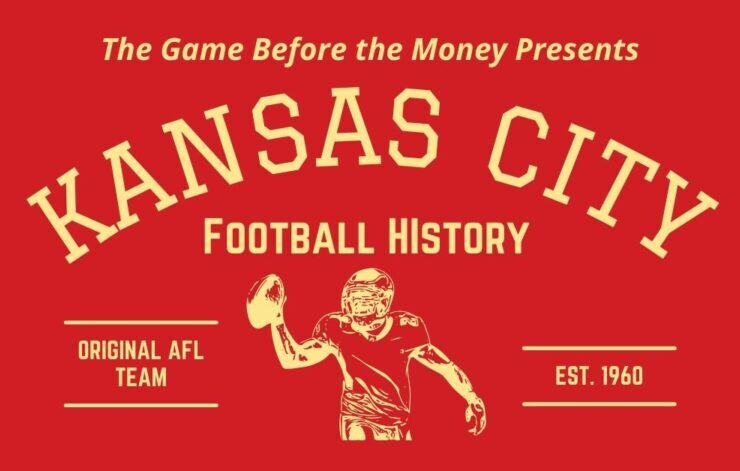The Game Before the Money Radio Show spoke with Denver Broncos legend Dan Neil about his time playing guard — in Episode 67 of the football history podcast.
Intro to post
WHAT IS THE GUARD IN FOOTBALL?
I wanted to talk to you a little bit about the guard position that you played. The offensive line, for one, is usually unheralded, and on the offensive line, it’s the guard who is usually the most anonymous.
I tell people all the time if you go look when I played football, the only guy making less money than me was the punter. So that’s about the importance of my position in the eyes of the coaches (laughs).
Broncos Falcons Super Bowl
I was just watching the Super Bowl video against Atlanta. On that first drive, I saw on one play you didn’t block the guy in front of you. You ran straight across the line at the snap to your left, and you took out a linebacker, and Terrell Davis picked up about ten yards. Can you tell us about that play and the athleticism that comes with the guard position?
That play was called “Power Play.” Yes, there is a lot of athleticism. I mean, there’s athleticism with all five offensive line positions. The guard will do more pulling than the others. That’s kind of what you saw in that power play. Although we did not do a ton of pulling in Denver. I did at Texas, but not at Denver. Our offensive line at Denver really required everyone to be athletic.
Maybe the biggest differentiator between the guard and the other positions is it really focuses on what kind of defense the defense running: a 3-4, 4-3?
Most defenses when I was playing were 4-3. So that meant that I had the biggest guy on the opposing team, the run stopper, right on top of me. In a 4-3 front, you got a three-technique in the shade, and that meant that I had to butt heads with some big mammoth man trying to stop the run all day long.
It’s a difficult position to be in, so there was a premium on guards at that time because you look at like the Steve Hutchinsons of the world against those 4-3 fronts, you had to be able to move that three-technique, and it required a guard to be able to get underneath and get leverage and get that done.
The pass-blocking skill set was more prevalent on the outside with the tackles and the speed rushers they had to face. I didn’t see as much of that, although you did see some of it. But certainly, the guard was kind of a hybrid. You could meet some real speed rushers inside there, and you meet some big run stoppers. The center just had the big fat run stopper, never any rushers. Outside, most of those ends weren’t great run stoppers, but they could rush. At guard, you had to deal with both.
Embed from Getty ImagesBlocking for Hall of Fame Running Backs
One of the guys you blocked for, Terrell Davis, is in the Hall of Fame. What’s the difference between blocking for him and, let’s say, your average NFL back?
It’s an offensive line, and everything happens behind me. I have no clue where the running back is going, at least if he’s not a good running back. A good running back, I know exactly where he’s going because he’s seeing what I see, and he never misses a read.
There’s a read progression for the running back. When he’s getting that football, as soon as the ball is snapped, if you watch the running back, he never looks at the football. It’s the quarterback’s job to put it in his belly. He’s reading that line. He’s starting at the end against the tackle, against the defensive end, and progressing downward amongst those blocks to decide where that hole will be. And it’s critical he hits the right hole. Terrell never missed a read.
A lot of that had to do with a great fullback leading him through the hole. And we had a guy named Howard Griffith. Name me a great running back and I’ll name a great fullback. Howard Griffith was an amazing fullback. He led Terrell to the hole, and then once Terrell saw the hole, he’d hit that hole at 1000 miles an hour. There was no tiptoeing. You see some running backs, they get a little timid because that’s when they get hit. Sometimes they don’t see that guy hitting them, and they don’t like it.
Terrell, he was a battering ram. He lowered his shoulder, and he was going to go full speed through that hole and take on whatever popped out. And a lot of times, no one touched him, he took off, and that’s why he’s in the Hall of Fame.
Hear More on The Game Before the Money Podcast:
Looking for a great NFL history book? Check out The Game Before the Money: Voices of the Men Who Built the NFL available at — Amazon.com – Barnes and Noble – University of Nebraska Press
Like sports history? Listen to The Game Before the Money Podcast! Most episodes include stories from legendary football stars.
